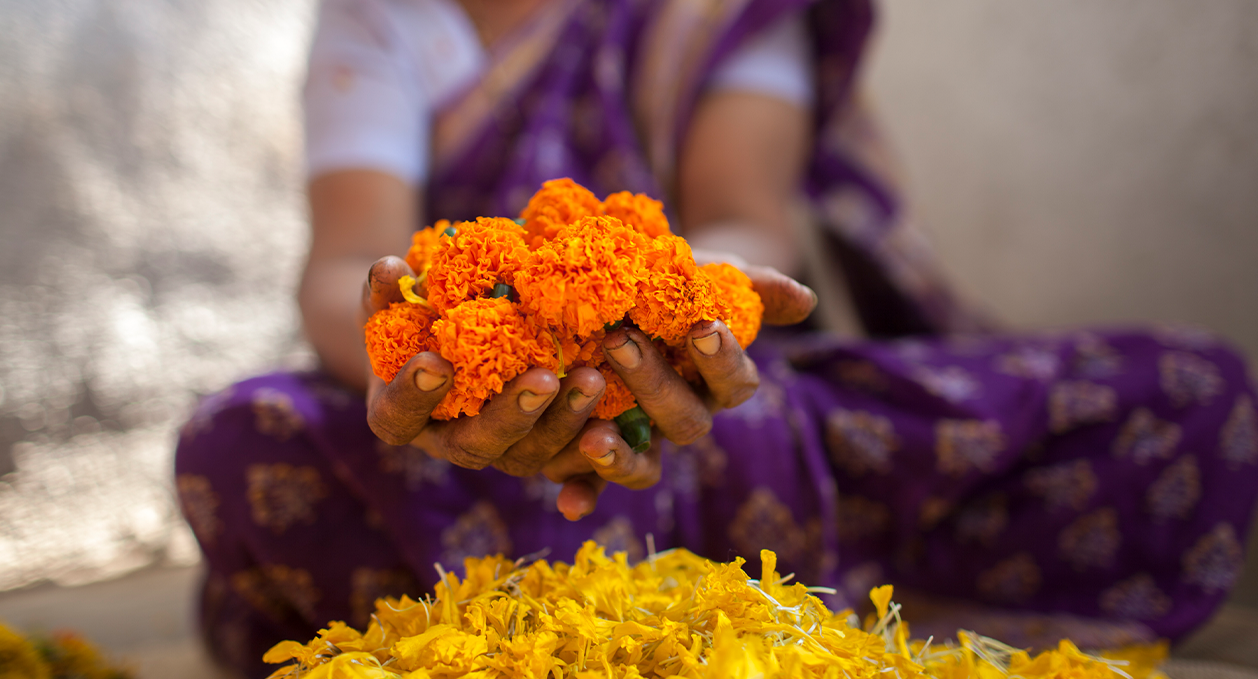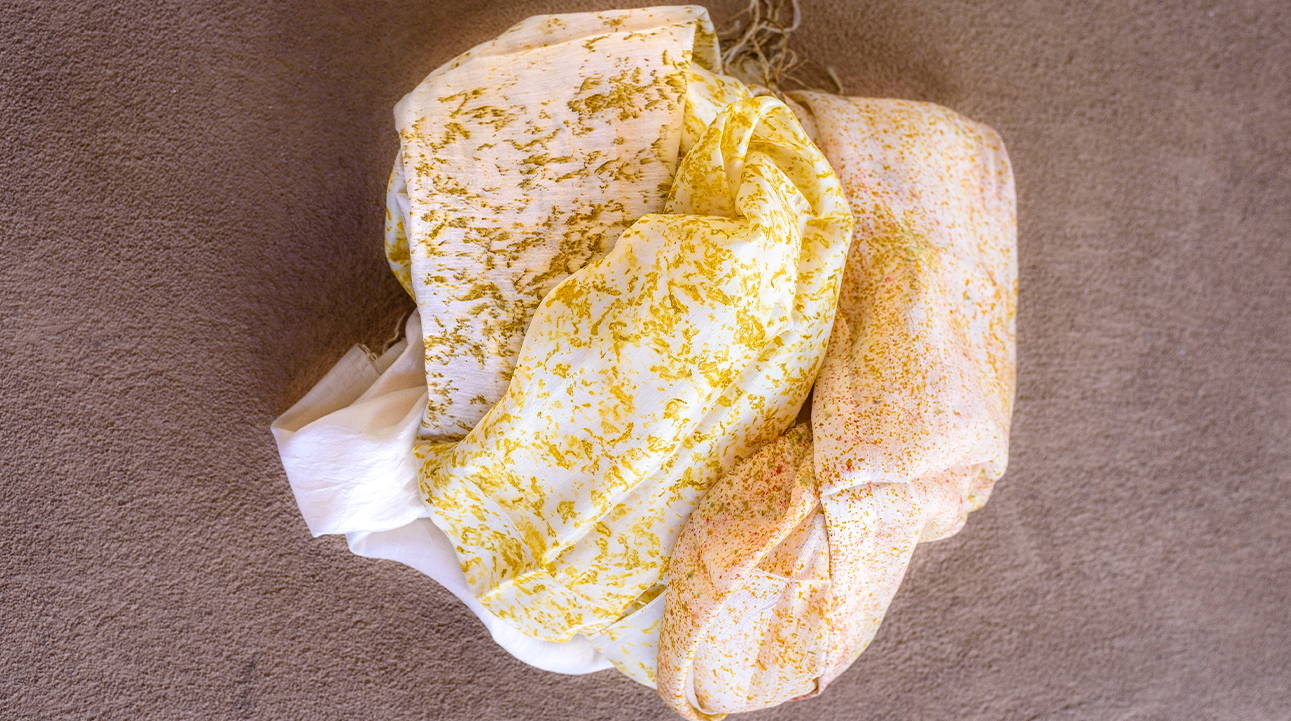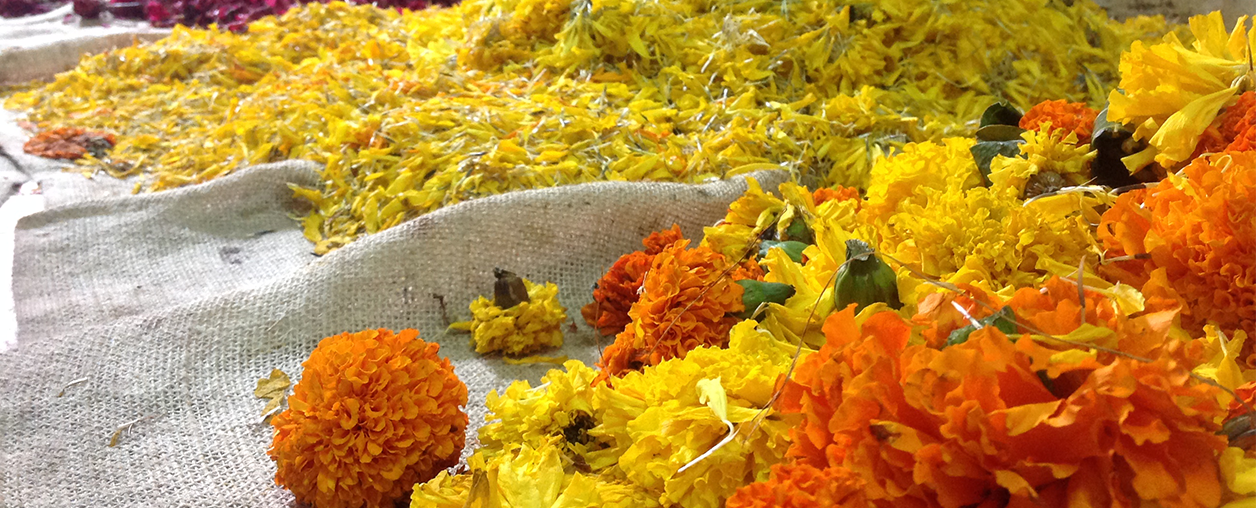The Nuanced Beauty Of Natural Color

“It’s time for us to deepen our exploration of color, fibers, and ways of making, and to evolve our consuming habits around clothing and home goods. Embracing some older, thriftier habits even as we forge new ideas about sustainability will necessitate some aesthetic changes in our consumer decisions.”
By: Latoya Johnson | Pantone Color Institute
The Nuanced Beauty Of Natural Color
As author, publisher, and trend forecaster Keith Recker shares in VIEWPOINT COLOUR 10, Co-existence, he has always been mesmerized by color, experiencing the world of color as an immersive experience; one where each color spoke to him in its own unique voice, sharing its distinctive smell, flavor, and sound. These same voices resonated throughout his life from his grandparents’ farm in Western Pennsylvania, to a career in retail merchandising and artisan business development where he turned his talent, color sensibility, and passion in to a profession where color and the use of color, so critical to consumer choices, determines the outcome.

With the environment top of mind, Keith is a strong proponent of using natural dyes, believing we need to adopt natural and more sustainable methods of production, including how we create color, to protect the future health of our planet. What we make with what nature makes available to us, from plant life and insects to flowers, vegetables, and fruits that we derive what is referred to as natural color. For example, we get carmine dye from the cochineal beetle and indigo dye from the leaves of a variety of different plant species including indigo, woad and polygonum.
Motivated by what he sees as an overabundance of commercialism and the approach to making by large institutions, he feels we need to reframe societal thinking. “Looking to natural, sustainable, well-managed sources of color is an essential aspect of reforming not just fashion, but consumer goods in general. Harnessing color narratives that create deeper relationships between us and our belongings can reduce consumption without sacrificing satisfaction.”

He goes on further to say that natural dye is an open avenue for creativity. At a time when we are turning to personalization and looking for products that are honest, authentic, and sincere as well as ways in which we can express ourselves creatively and stand out, using natural color creates spontaneous unpredictability, and unevenness, imbuing character, turning what could be considered an everyday, run of the mill product into something more unusual, artistic, and uniquely crafted.
The movement to natural color is not only about creativity, it is also about ensuring the health of the planet and for us as citizens, learning to live in cooperation with nature, rather than encroaching and destroying the natural eco-system that feeds us. The nature of the materials and the sources of the material by which we derive natural color is a replenishable resource. It is a close to the earth process using edible chemicals which can be composted, adding to the health of the soil in which it is grown.



